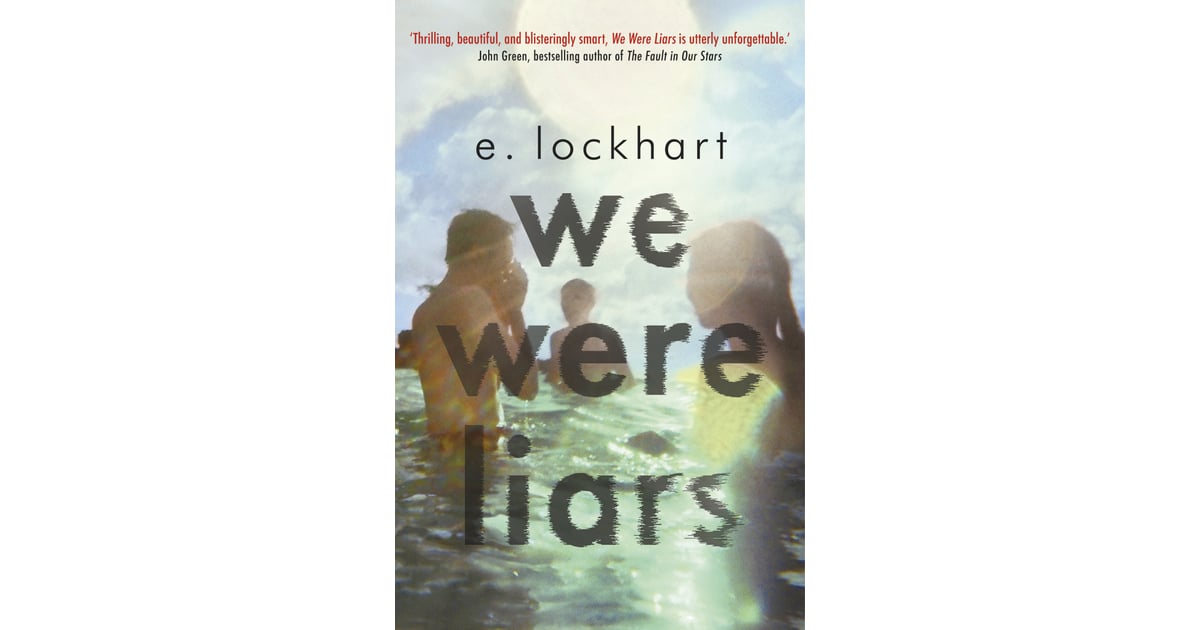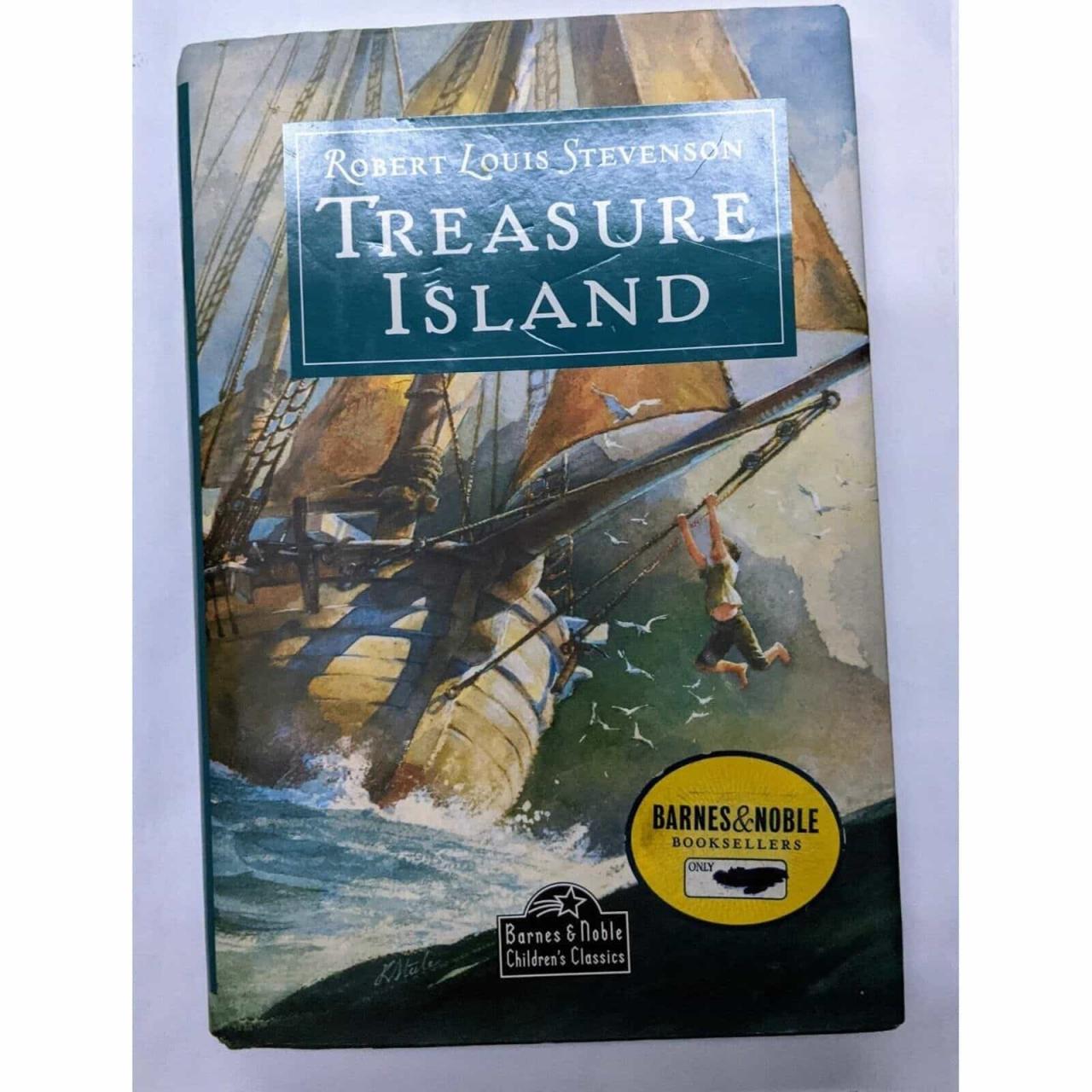Embark on a captivating literary voyage with “A Book That Takes Place on an Island.” These stories transport us to secluded shores, where characters confront nature’s challenges, forge unforgettable bonds, and uncover profound truths about themselves and the world around them.
Immerse yourself in the allure of these isolated settings as we explore their literary significance and the profound impact they have on the human experience.
In these island tales, isolation becomes a crucible that tests the limits of human resilience. The characters navigate uncharted territories, both physical and emotional, as they grapple with their inner demons and the unforgiving forces of nature. Through their struggles and triumphs, we witness the indomitable spirit that resides within us all.
Plot and Setting
The island, a remote and desolate place, is characterized by its rugged terrain, dense forests, and towering cliffs. Its isolation has kept it untouched by the outside world, creating a unique and untamed ecosystem.
The island’s isolation plays a crucial role in the story. It provides a sanctuary for the characters, shielding them from the complexities and dangers of civilization. However, it also amplifies their vulnerabilities, as they are cut off from any potential aid or support.
Impact of the Island’s Environment
The island’s environment has a profound impact on the characters. The unforgiving landscape forces them to adapt and rely on their instincts. The constant struggle for survival shapes their personalities and relationships, revealing their inner strengths and weaknesses.
- Physical Impact:The island’s harsh conditions test the characters’ physical limits. They must endure extreme weather, treacherous terrain, and limited resources.
- Psychological Impact:The isolation and solitude of the island can lead to psychological distress. Characters may experience loneliness, anxiety, and even hallucinations.
- Social Impact:The island’s isolation forces the characters to form close-knit relationships. However, these relationships can also be strained by the challenges they face.
Characters and Relationships

The novel’s main characters are a diverse group of individuals who find themselves stranded on a remote island after a plane crash. Each character has their own unique motivations and perspectives, which shape the dynamics and conflicts within the group.
Main Characters
- Jack:The charismatic and ambitious leader of the group, Jack is determined to maintain order and establish a sense of community on the island.
- Ralph:The more level-headed and pragmatic of the two leaders, Ralph believes in following the rules and cooperating with others.
- Piggy:An overweight and intelligent boy, Piggy is often ridiculed for his appearance but provides valuable insights and knowledge.
- Simon:A quiet and sensitive boy, Simon possesses a deep understanding of the island’s mysteries and the darkness that lurks within the group.
- Roger:A cruel and sadistic boy, Roger enjoys inflicting pain on others and becomes increasingly unhinged as the group’s situation deteriorates.
Relationships and Conflicts
The relationships between the characters are complex and often strained. Jack and Ralph’s rivalry for leadership creates tension within the group, while Piggy’s intelligence and eccentricities make him an easy target for ridicule. Simon’s insights and connection to the island’s spirituality set him apart from the others, while Roger’s cruelty and violence threaten to tear the group apart.
Group Dynamics
As the group’s situation becomes more desperate, the dynamics between the characters shift. Jack’s authoritarian leadership style becomes increasingly oppressive, while Ralph’s attempts to maintain order grow weaker. The group divides into factions, with Jack’s hunters becoming more savage and Ralph’s supporters struggling to maintain their humanity.
Conflicts, A book that takes place on an island
The conflicts within the group stem from the clash between civilization and savagery. Jack’s desire for power and his willingness to embrace violence represent the primal instincts that lurk beneath the surface of human society. Ralph’s efforts to maintain order and reason represent the hope that civilization can prevail even in the face of adversity.
Themes and Symbolism
The novel explores profound themes that resonate with the human experience, delving into the complexities of identity, belonging, and the search for meaning amidst adversity. It employs a rich tapestry of symbolism and imagery, creating a world where every element carries deeper significance.
The Island as a Microcosm
The island serves as a microcosm of the larger society, reflecting the challenges and conflicts that exist within it. The isolation and limited resources of the island mirror the alienation and scarcity often experienced in the modern world. Through the characters’ interactions and struggles, the novel explores the impact of social structures, power dynamics, and the search for connection in a fragmented society.
The Sea as a Symbol of Transformation
The surrounding sea becomes a potent symbol of transformation and rebirth. The characters’ journeys across the treacherous waters represent their inner struggles and the transformative experiences that shape their identities. The sea’s unpredictable nature mirrors the fluidity and uncertainty of life, reminding the characters of the constant need for resilience and adaptation.
Nature as a Source of Renewal
The island’s lush natural environment serves as a source of renewal and sustenance for the characters. The beauty and abundance of the flora and fauna contrast with the harshness of their surroundings, offering a glimpse of hope and resilience. Through their interactions with nature, the characters rediscover their connection to the world and find solace amidst adversity.
Narrative Structure: A Book That Takes Place On An Island
The novel employs a non-linear narrative structure, alternating between the present and the past through flashbacks. This fragmented timeline allows for a gradual unraveling of the characters’ histories, motives, and relationships, building suspense and intrigue. The use of foreshadowing through subtle hints and evocative imagery further enhances the reader’s anticipation and engagement.
Flashbacks
The flashbacks provide essential context for the characters’ actions and decisions in the present. They delve into their formative experiences, childhood traumas, and past relationships, shedding light on the complexities of their motivations and the consequences of their choices. These flashbacks are carefully interwoven into the present narrative, creating a sense of immediacy and emotional resonance.
Foreshadowing
Foreshadowing is skillfully employed throughout the novel, hinting at future events and creating a sense of foreboding. Through seemingly innocuous details, subtle conversations, and recurring motifs, the author subtly plants seeds of information that gradually coalesce into a larger, ominous picture.
This technique keeps the reader on the edge of their seat, eagerly anticipating the inevitable unfolding of events.
Other Narrative Devices
The novel also utilizes other narrative devices to enhance its impact, including:
- Multiple Perspectives:The story is told from the perspectives of different characters, providing a multifaceted view of events and allowing readers to gain insights into the motivations and experiences of various individuals.
- Symbolism:Objects, settings, and actions carry symbolic significance, enriching the narrative with layers of meaning and resonance.
- Dream Sequences:Dreams and visions provide glimpses into the characters’ subconscious minds, revealing their fears, desires, and hidden truths.
Overall, the narrative structure of the novel is meticulously crafted to create a captivating and immersive experience. The non-linear timeline, use of flashbacks, foreshadowing, and other narrative devices contribute to a sense of mystery, suspense, and emotional depth, keeping the reader enthralled from beginning to end.
Historical and Cultural Context

The book is set in the late 19th century on a remote island off the coast of Maine. This period was a time of great social and economic change in the United States, and the island’s isolation from the mainland allowed it to develop its own unique culture and traditions.
The island’s economy was based on fishing, and the islanders were a close-knit community. However, the arrival of outsiders in the late 19th century began to change the island’s way of life. The outsiders brought with them new ideas and technologies, and they began to exploit the island’s natural resources.
Influence of Literary Movements
The book’s setting and characters are influenced by the literary movement of regionalism, which was popular in the late 19th and early 20th centuries. Regionalist writers sought to depict the unique cultures and traditions of different regions of the United States.
The book also draws on the literary tradition of the American Gothic, which is characterized by its dark and brooding atmosphere and its exploration of the supernatural. The island’s isolation and its history of violence and superstition create a perfect setting for a Gothic tale.
Literary Devices and Techniques

The author masterfully employs literary devices to enhance the reader’s immersion and understanding of the island’s enigmatic nature. Through vivid imagery, foreshadowing, and symbolism, the author creates a multi-layered narrative that resonates deeply with the reader.
Imagery
The author’s evocative use of imagery transports the reader to the island’s untamed beauty and its hidden depths. Descriptions of towering cliffs, crashing waves, and dense jungles evoke a vivid sensory experience, immersing the reader in the island’s wild and unpredictable environment.
Foreshadowing
Subtle hints and foreshadowing create an atmosphere of suspense and anticipation throughout the novel. Seemingly insignificant details or conversations later emerge as pivotal moments, hinting at the island’s hidden secrets and the characters’ intertwined destinies.
Symbolism
The island itself becomes a powerful symbol, representing both the characters’ physical and emotional journeys. Its treacherous terrain and hidden dangers mirror the internal struggles and complexities faced by the characters as they navigate their own personal landscapes.
Language and Style
The author’s lyrical and evocative language creates a unique literary experience. Rich descriptions and poetic turns of phrase immerse the reader in the island’s captivating atmosphere, while the skillful use of dialogue reveals the characters’ inner thoughts and motivations.
Impact on Reader Experience
These literary devices collectively enhance the reader’s engagement with the novel. The vivid imagery transports them to the island’s breathtaking setting, while the foreshadowing and symbolism create a sense of anticipation and suspense. The author’s unique language and style create a captivating reading experience that lingers long after the final page is turned.
Comparative Analysis
The book shares common ground with other island-set literary works, exploring themes of isolation, identity, and the human condition. However, it distinguishes itself through its unique narrative techniques and character development.
Similarities with other island-based literature include:
- Isolation and Solitude:The book, like “Robinson Crusoe” and “Lord of the Flies,” delves into the psychological effects of isolation on individuals.
- Exploration of Identity:Characters grapple with their identities and place in the world, similar to works like “The Tempest” and “The Island of Dr. Moreau.”
- Nature and the Human Condition:The island setting provides a microcosm for exploring the relationship between humans and the natural world, as seen in “The Swiss Family Robinson” and “The Coral Island.”
The book’s distinct contributions to the genre include:
- Non-Linear Narrative:The book employs a fragmented and non-linear narrative, adding depth and complexity to the story.
- Unreliable Narrator:The protagonist’s unreliable narration creates a sense of ambiguity and challenges the reader’s perception of events.
- Psychological Depth:The book delves deeply into the characters’ inner struggles, exploring their motivations, fears, and desires.
Character Development
Throughout the story, the main characters undergo significant transformations as they navigate the challenges and opportunities presented by the island. Their experiences on the island profoundly shape their personalities, leading them to question their beliefs, values, and relationships.
Initially, the characters are introduced with distinct personalities and motivations. However, as they spend time on the island, their relationships with each other evolve, fostering growth and change. They learn to rely on each other for support, comfort, and survival, forging unbreakable bonds that challenge their preconceived notions of friendship and love.
Impact of Isolation
- The isolation of the island forces the characters to confront their inner selves. They are stripped of their societal roles and expectations, allowing them to explore their true identities and desires.
- The lack of external distractions and influences allows the characters to reflect on their past experiences and relationships, leading to a deeper understanding of themselves and others.
- The isolation also fosters a sense of community among the characters. They learn to work together and support each other, developing a shared purpose and a strong sense of belonging.
Relationships and Growth
- The relationships between the characters are a driving force for their growth and development. They learn to communicate effectively, resolve conflicts, and support each other through difficult times.
- The island environment provides a unique setting for the characters to explore their romantic and platonic relationships. They discover new depths of love, friendship, and loyalty.
- The characters’ relationships with the island itself also play a significant role in their development. They learn to appreciate the beauty and fragility of the natural world, and their connection to the land shapes their perspectives and values.
Ethical and Moral Dilemmas
The characters in the novel face a range of ethical and moral dilemmas that test their values and beliefs. These dilemmas arise from the conflicting demands of their personal desires, the expectations of their society, and the consequences of their actions.
One of the most significant ethical dilemmas faced by the characters is the question of whether or not to break the law. The novel explores the different perspectives on this issue, with some characters arguing that it is sometimes necessary to break the law in order to do what is right, while others believe that the law must always be upheld, no matter the cost.
Consequences of Characters’ Choices
The novel also examines the consequences of the characters’ choices. The characters often make difficult decisions that have far-reaching implications for themselves and others. The novel explores the different ways in which these choices can lead to both positive and negative outcomes.
Outcome Summary
As we bid farewell to the enchanting world of books set on islands, we carry with us a profound appreciation for the power of isolation and the resilience of the human spirit. These stories have reminded us that even in the most remote and challenging of places, hope and connection can prevail.
May we all find solace and inspiration in the pages of these literary gems, and continue to explore the uncharted territories that lie within and beyond ourselves.
FAQ Section
What are some common themes explored in books set on islands?
Isolation, survival, self-discovery, the human condition, and the power of nature.
How do island settings contribute to character development?
Isolation forces characters to confront their inner selves, making them more introspective and self-aware.
What literary devices are often used in books set on islands?
Symbolism, foreshadowing, and flashbacks are common devices used to enhance the impact of the island setting.